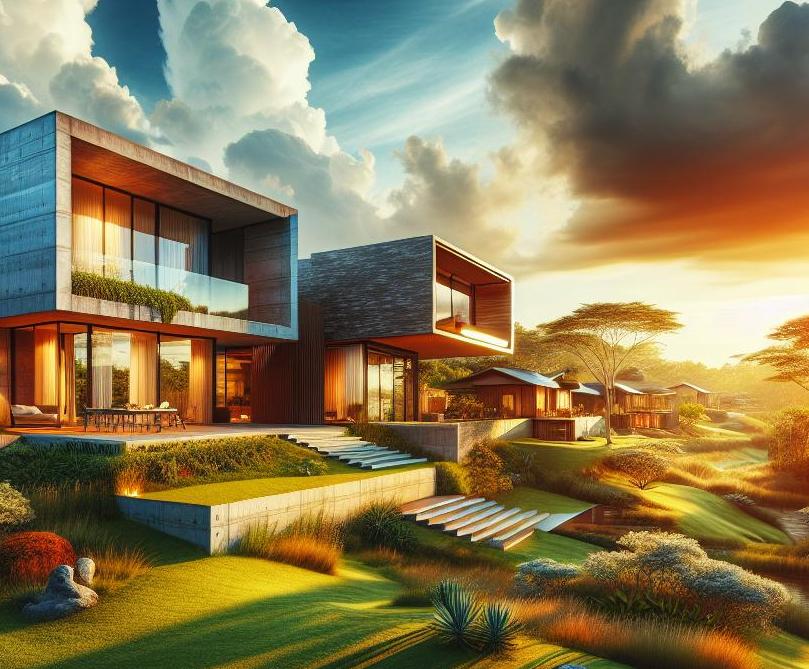Modern home styles reflect the International and Bauhaus movements of the early 20th century that prioritized functionality over ornamentation. These styles are characterized by clean lines, flat or shallow-pitched roofs, rectangular shapes, and wide open floor plans. The popular materials used in modern home styles often include steel, concrete, and large expanses of glass that invite natural light in and create a seamless connection with the exterior landscape.
Color schemes remain neutral, often complemented by wood and leather elements that add texture. In comparison, contemporary home styles represent designs that are current or that evolve with changing trends in architecture. While modern design standards were established in the mid-20th century and haven’t substantially changed, contemporary design is dynamic and encompasses a mix of several other styles like modernism, deconstructivism, postmodernism, and futurism.
Energy efficiency and environmental friendliness are major influences in contemporary design. Sustainable materials, solar panels, and smart home technology are some common features. Open floor plans, expansive windows, and an emphasis on natural light are shared characteristics with modern design, but contemporary homes often experiment with non-traditional and innovative shapes and lines.
 |
 |

